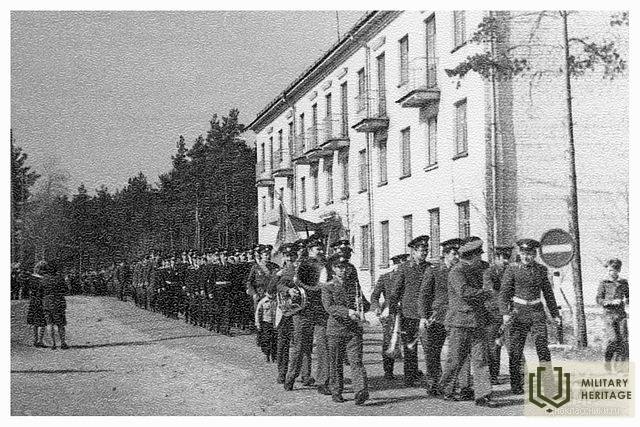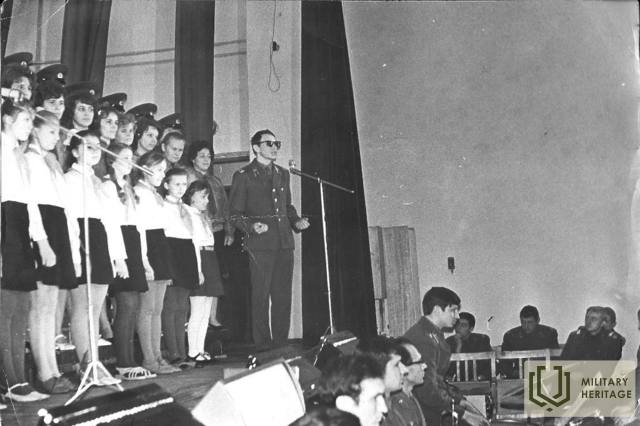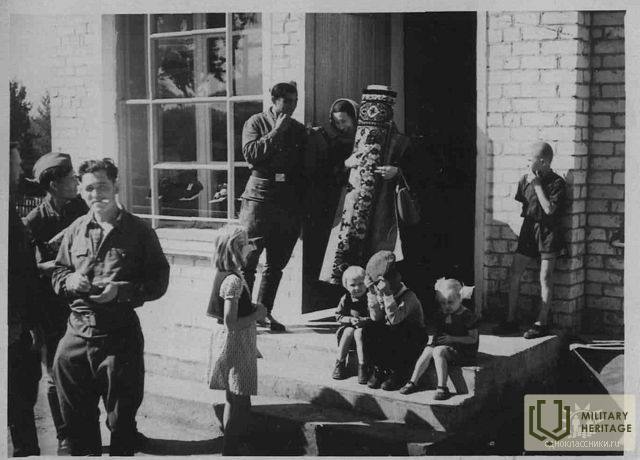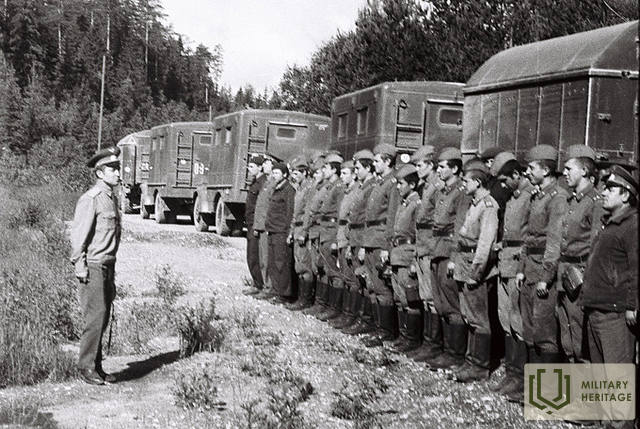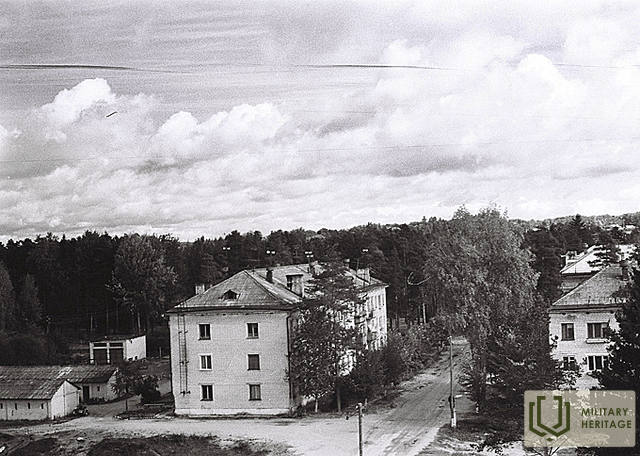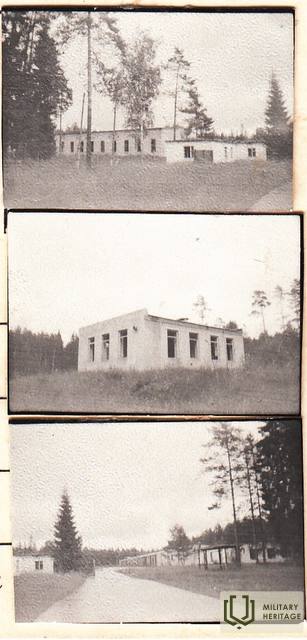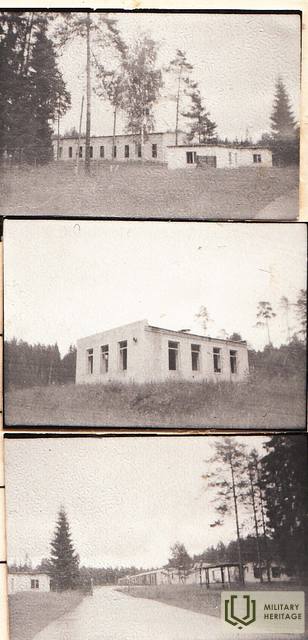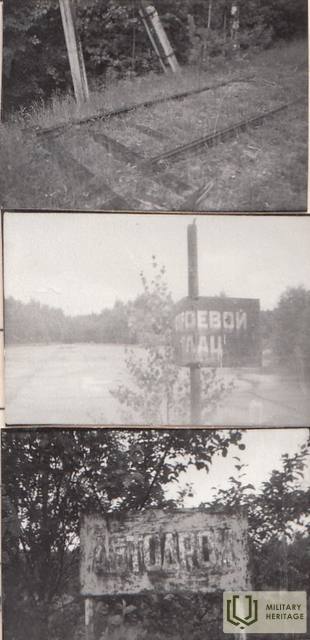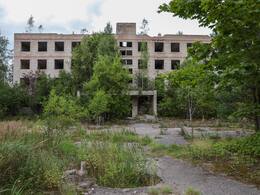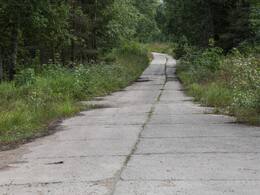USSR army base in Marcien
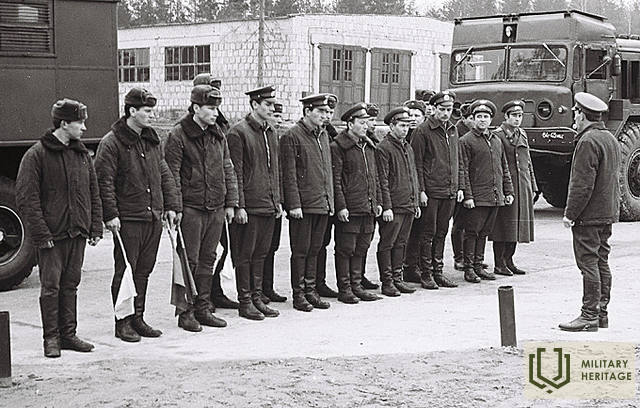
The Baltics were one of the most important lines of defense for the Soviet Empire, the westernmost bastion, so the concentration of troops there was enormous. It is believed that Latvia was the most militarized territory in the world at that time. The exact number of military personnel is unknown, different sources for different times mention 200,000 to 350,000. In Latvia alone, in 50 years, 3,009 military units were deployed in more than 700 locations. One of these locations was the USSR army base in Mārcienė.
History of formation
The history of the Mārcienas military base began in the 1950s, when the Council of Ministers of the Latvian SSR began to address the issue of transferring land to the aviation unit of the 15th Army of the USSR. The construction of the new military facility was planned in the Madona district.
On June 5 and 6, 1957, at the general meetings of the collective farms “Zelta Druva” and “Darba Cilts”, an agreement was signed to transfer several hundred hectares of land to the newly established military unit. In total, about 477 hectares of land were gradually allocated for military needs. In order to free up space for the construction of a military facility, several residents of the Mārcienai and Bērzaune areas had to leave their homes. The Bērzaune – Vālēni road was closed from “Līči” to “Aizkalnie” and the Bērzaune – Mārcienai road from “Saliņas” to “Patmalnieki” was closed.
In March 1957, the first army vehicles arrived in Mārcienė. Major construction work on the military base began in 1958. At the same time, an army training base, a residential town (located about 2 km from the training base), concrete access roads, an army railway, a helicopter landing pad and other military infrastructure facilities were built. While barracks and a service hotel had not been built in Mārcienė, officers lived in the Madona Hotel, and other construction workers settled in specially built wooden barracks in Mārcienė. In total, about 5,000 people were involved in the construction of the military base and army facilities. The delivery of building materials and supplies to the base took place by rail.
Suspension of a new military project
In 1960, work was underway on plans to expand the military base - additional land was allocated from the collective farm territories of the Madona district and residents were evicted from several homesteads in Bērzaune parish. Additional land was allocated in the vicinity of Gaiziņkalns for the construction of a missile launch site. The project also included a plan to afforest Gaiziņkalns to hide the potential missile launch site. It is possible that part of the current spruce stand in Gaiziņkalns was planted to disguise the planned nuclear missile shaft.
Afforestation of the area around Bērzaunis was initiated to conceal the access roads and construction of a concrete access road from Mārcienas through Bērzaunis began, as civilian roads would not be suitable for transporting missiles due to their weight, so special road surface and railway would be required to move the missiles. Construction of a military railway connecting the bases from Mārcienas through Bērzaunis was also initiated.
While Mārciena had already become a residence for Soviet military personnel, the area around Gaiziņkalns remained untouched, as an unexpected turn of events occurred in 1961 – military plans in the Bērzaune area were discovered by US and British intelligence services. A Russian officer, American and British spy Oleg Penkovsky, was blamed for passing the information to the Western countries, who allegedly informed British intelligence about the planned location and construction plans for the missile launchers. This news was broadcast on the Voice of America radio station. Later, in 1963, the spy officer was sentenced to death, but the construction of the missile launch site was stopped.
Description of the army camp and military base
The USSR army base in Mārcienė served as a deployment site and training center for unmanned aircraft (reconnaissance aircraft). There was a school for unmanned aviation pilots with an army training equipment base: unmanned aircraft, training missiles, tanks, and a shooting range. “Striž” aircraft were located in Mārcienė, which, in addition to filming, photo and radio devices, could carry 100-200 kg of explosives or nuclear warheads. These missiles flew low, at an altitude of about 50 m, so they were not detectable by radars. Residents of the area remember that training targets were set up behind Bērzaune, in the territory of the army unit, in the 1980s. Training attacks on them were carried out by fighter jets, the shooting took place in electronic mode, without the use of ammunition. Training flights took place until 1989.
The Marcien army town had residential buildings, an officers' hotel, a cultural center, a school, a shop, a canteen, barracks, barracks, and a bathhouse. There were 10 apartment buildings in total. All of them were inhabited, and about 400 military families lived in them. In total, several thousand people from the Soviet Union settled in Marcien, and since then Marcien has not been the old Marcien.
Social life, in keeping with the times and traditions, took place in the officers' house - there was a dance group, choir, ensemble, and billiards were available for recreation. Māris Briedis, a member (pianist) of the Soviet Army Latvian pop music ensemble "Zvaigznīte" from Riga, was sent to serve in Mārcieni. He formed his own ensemble in Mārcieni and served until 1966.
The soldiers serving in March also participated in the talukas in the surrounding collective farms - creating mutual cooperation. Sports competitions were organized, for example, in winter - skiing competitions between divisions.
About 280 children of military personnel studied at the military town secondary school, and the school was run in two shifts, as there was not enough space for everyone at the same time. A bus ran between the army base and the town, with several stops: Pilot School, Training Center, etc. Regular patrols were held in the village to maintain order, and dogs were kept to guard weapons and warehouses.
A separate building was also set aside for medical care. It housed a hospital, a pharmacy, a dentist, and a gynecologist. Local employees from the Madona district also worked there. After 1990, the army itself removed the medical equipment from Mārcienas.
The military complex was heated with coal, which was delivered in train wagons to the Mārcienas station and then loaded into cars. Those employed in coal loading were mainly representatives of Central Asian nationalities - Turkmens, Tajiks.
Military facilities in Mārcienė influenced the planning and construction of the Pļaviņa - Madona highway. The newly built road was not allowed to be closer than 1 km to the army base. Despite the objections of the then Minister of Road Transport and Highways Eduards Liberts, the requirements of the military personnel were met and the section from Pilskalns makes a larger arc closer to Bērzaune than the originally planned road variant.
Army base in Mārcienė after the restoration of Latvian independence
In 1994, the USSR army left the Marcienas base. The equipment was planned to be withdrawn in 9 echelons. The last echelon of the army left Marcienas on March 25, 1994, and since then there have been no Russian army units in Marcienas. Like other military facilities in Latvia, it was transferred to the state, then to the municipality. Later, most of the Marcienas base's property came into the possession of private individuals.
Soon, residents from near and far, including from Riga, arrived at the freely available apartments of the army camp. Most of them lived here until they ran out of utility bills and then disappeared. Passers-by treated the surrounding uninhabited houses as a place from which to take everything they could - floors and window frames, plumbing, radiators or metal parts.
The Mārcienas 9th grade school from Patmalnieki moved to the former Mārcienas secondary school building on Meža Street, where the children of military personnel studied. The students used the sports hall of the Officers' House. In turn, the school, where the main language was Russian, was moved to one of the apartment buildings on the military campus, and it was allocated 6 apartments on two floors.
What has survived to this day
Currently, the territory of the former army base is not available for viewing, it has grown into a forest, some private properties are used for economic activities. On the walls of some buildings, inscriptions have been preserved, indicating the places of residence of the soldiers serving in Mārcienė: Ufa, Astana, Orenburg, etc. Part of the former base in Mārcienė was also used by soldiers of the NAF (National Armed Forces) and the National Guard, conducting military exercises together with foreign allies.
The concrete access road has been preserved on the Mārciena - Bērzaune road and a small part also on the Bērzaune - Gaiziņkalns section, which was built for the intended rocket launch site. Driving through Bērzaune in the direction of Gaiziņkalns, on the right side, about a hundred meters from Gaiziņa Street, the former railway embankment can also be clearly seen.
The best preserved army town can be seen in Mārcienė on Meža Street. The former army officers' service hotel - originally used as a school and kindergarten, is now a renovated building, where a boarding house is located. The army also left behind a cultural (officers') house, which is currently used for cultural events in Mārcienė. The residential houses of the former army unit are also visible, some of them inhabited, some abandoned, two multi-storey buildings have been demolished.
Collection of the Madona Museum of Local Lore and Art
Uldis Liniņš, “Mārcienas Parish”, 2006.
Madonna - Gulbene Calendar 1997
Newspaper "Diena" January 16, 1993
Newspaper “Neatkarīga Cīņa” 1994.g. December 17.
Newspaper "Stars" 2017. December 8
Newspaper “Latvija Amerikā” 2005. October 15.
LTV1 Program “Keys” 2018. “Occupant troops leave Latvia”
https://www.lsm.lv/raksts/dzive--stils/vesture/atslegas-krievijas-armijas-izvesana-nebeidzamas-beigas.a291354/
Story, memories from the chairman of Bērzaune parish and former army officer about his time in Mārcienė
Related timeline
Related objects
Former USSR Marcien Army Town or “Gorodok”
Located in Mārcienas, Mārcienas parish, Madona region.
In 1957, the construction of a missile base in Mārcienas began, as well as the construction of a concrete access road and railway to Gaiziņkalns, where a missile launch site was planned (when the USA and Great Britain discovered this plan, construction in Gaiziņkalns was suspended). Several apartment buildings were built in the military town for military personnel from other republics of the USSR.
Currently, the former army base territory is partially abandoned and overgrown with bushes, and part of it is owned by companies or private individuals, which is no longer available for public viewing. The army base is mostly a slum of brick buildings. In the village of Mārcienas - apartment buildings (some are still inhabited), an army officers' hostel (the former Mārcienas elementary school building), an officers' house (Mārcienas culture house) and an army store building.




